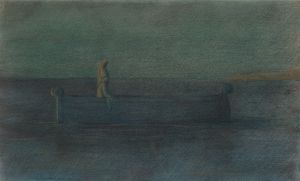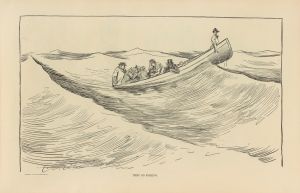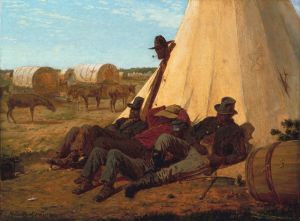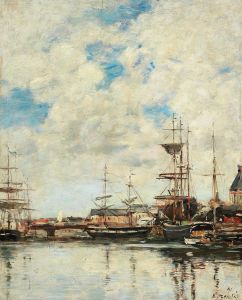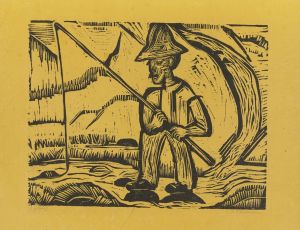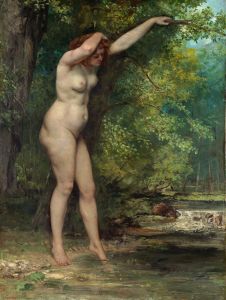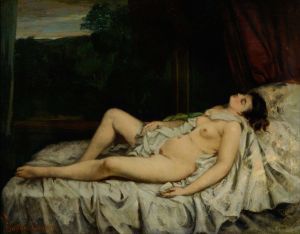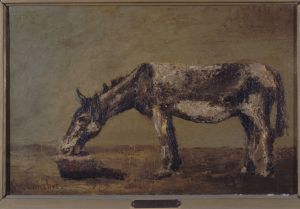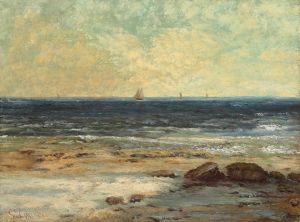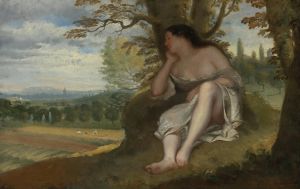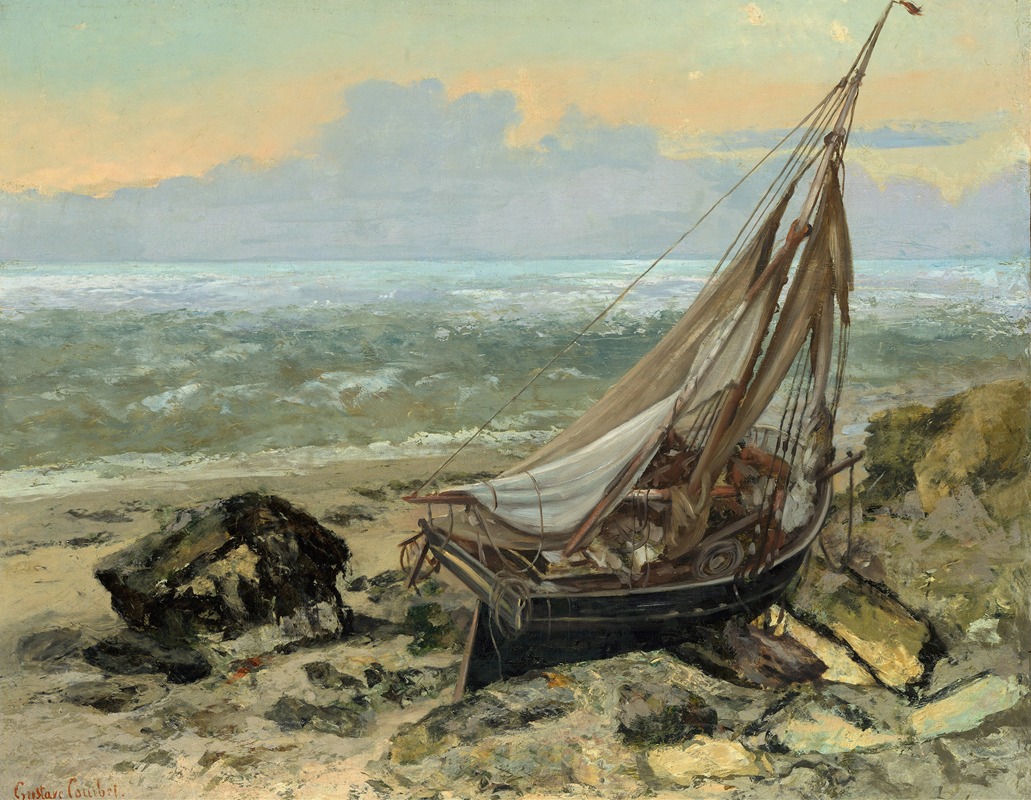
The Fishing Boat
A hand-painted replica of Gustave Courbet’s masterpiece The Fishing Boat, meticulously crafted by professional artists to capture the true essence of the original. Each piece is created with museum-quality canvas and rare mineral pigments, carefully painted by experienced artists with delicate brushstrokes and rich, layered colors to perfectly recreate the texture of the original artwork. Unlike machine-printed reproductions, this hand-painted version brings the painting to life, infused with the artist’s emotions and skill in every stroke. Whether for personal collection or home decoration, it instantly elevates the artistic atmosphere of any space.
Gustave Courbet's painting "The Fishing Boat" is a notable work by the renowned French artist, who was a leading figure in the Realism movement of the 19th century. Courbet, born in 1819 in Ornans, France, was known for his commitment to painting real-life scenes and subjects, often focusing on the everyday lives of ordinary people and landscapes, rather than idealized or romanticized subjects.
"The Fishing Boat" exemplifies Courbet's dedication to realism and his skill in capturing the essence of nature and human activity. Although specific details about this particular painting, such as its creation date or current location, are not widely documented, it is consistent with Courbet's broader body of work, which often depicted scenes of rural life and the natural environment.
Courbet's approach to painting was revolutionary for his time. He rejected the traditional academic standards and the historical and mythological subjects that were popular among his contemporaries. Instead, he focused on the tangible and the observable, aiming to depict the world as it was. This approach is evident in "The Fishing Boat," where Courbet likely sought to portray the simple yet profound relationship between humans and nature.
The composition of "The Fishing Boat" would typically include elements characteristic of Courbet's style, such as a strong emphasis on natural light, texture, and a realistic portrayal of the sea and sky. His use of a palette knife to apply thick layers of paint would give the painting a textured, almost three-dimensional quality, enhancing the realism of the scene.
Courbet's work was often met with controversy and criticism during his lifetime, as it challenged the established norms of the art world. However, his influence on the development of modern art is undeniable. He paved the way for future artists who sought to break away from traditional techniques and subjects, inspiring movements such as Impressionism and paving the way for modernist approaches.
In addition to his artistic contributions, Courbet was also known for his political activism. He was involved in the Paris Commune of 1871 and faced imprisonment and exile due to his political activities. Despite these challenges, Courbet continued to paint and remained committed to his artistic vision until his death in 1877.
While specific information about "The Fishing Boat" may be limited, it remains an important part of Gustave Courbet's legacy as a pioneering realist painter. His work continues to be celebrated for its boldness, honesty, and profound impact on the trajectory of Western art.





